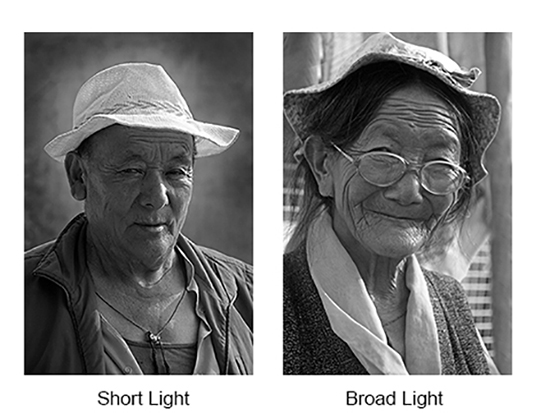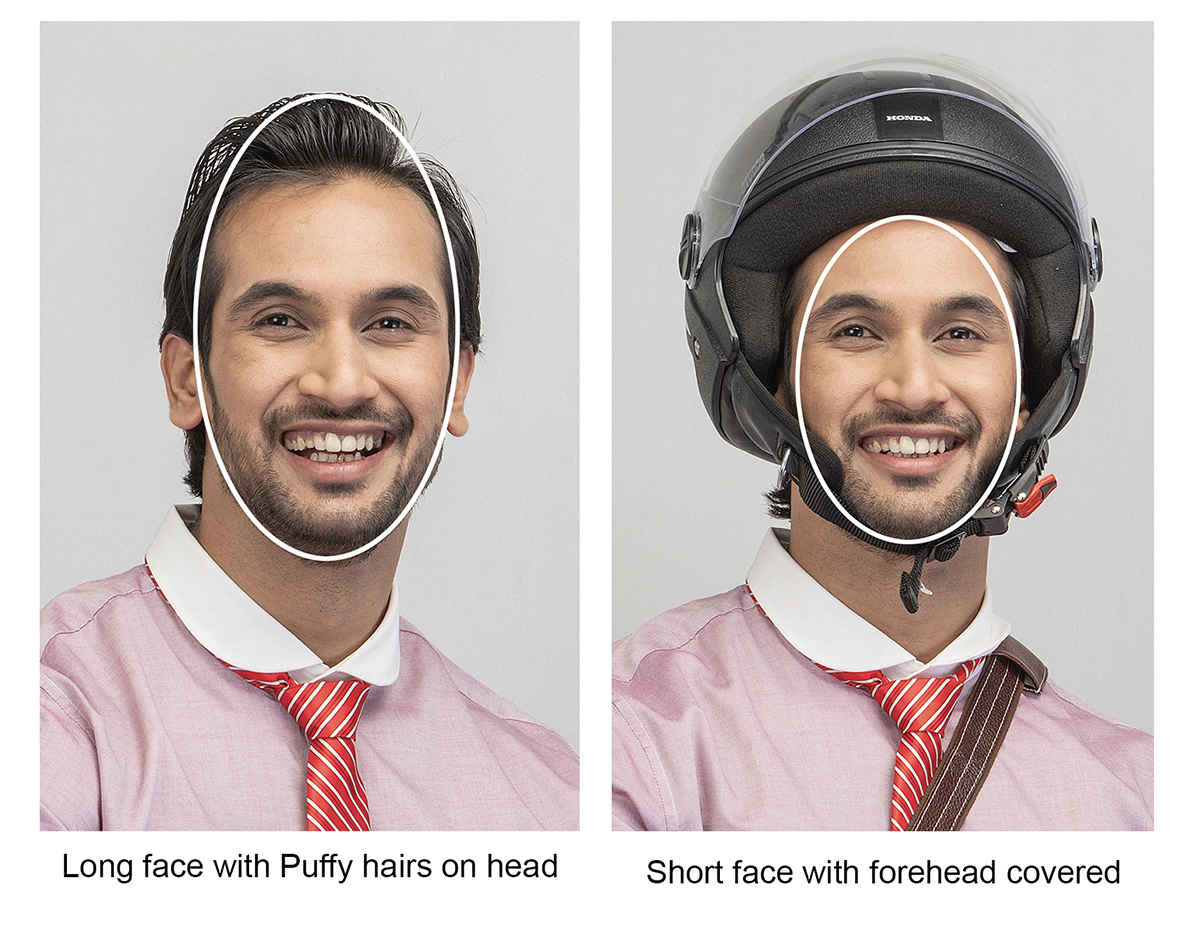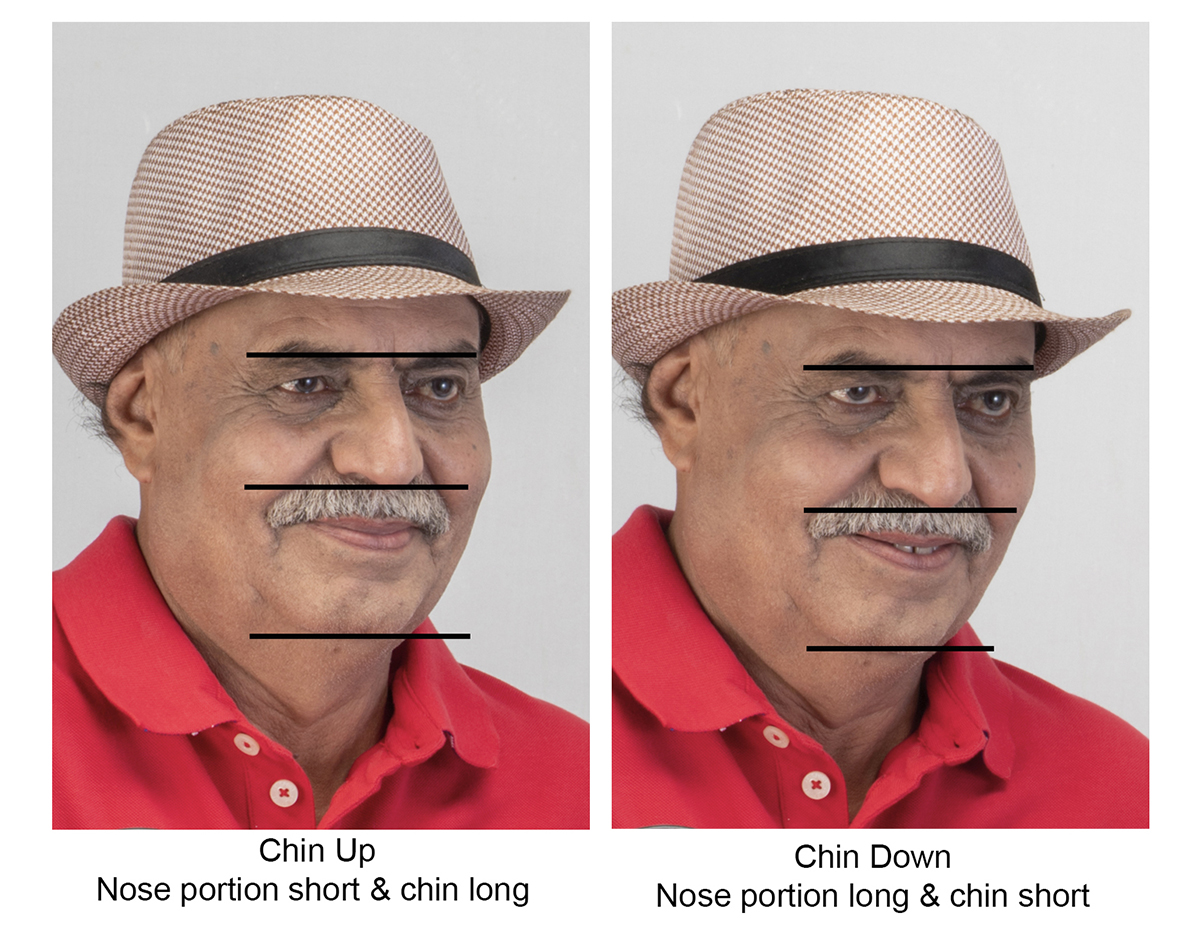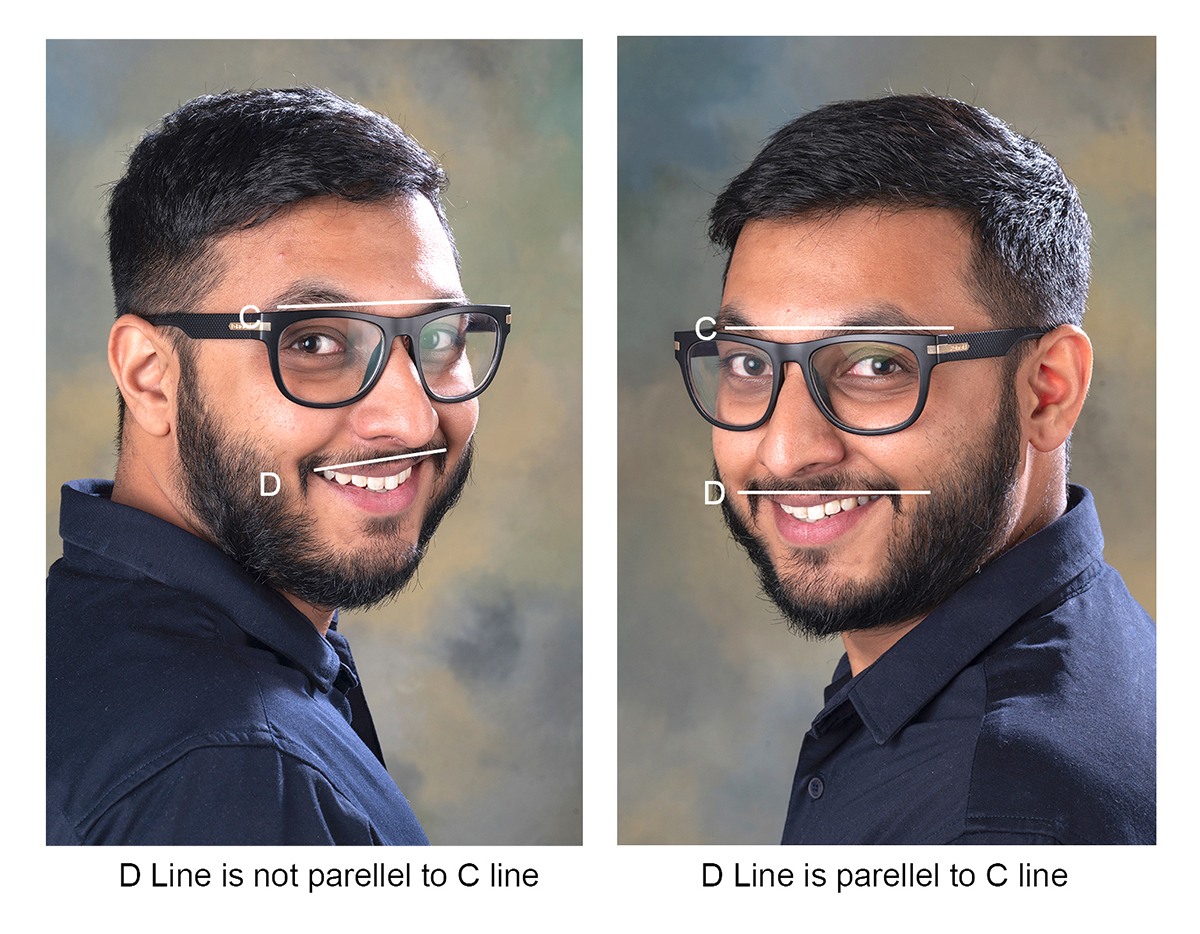How to Modify a Portrait to “Photogenic”
I’m sure we’ve all heard the phrase that a person is photogenic or is not photogenic. I have photographed some very beautiful people in real life, yet their pictures don’t do them any justice.
I have also shot some not so attractive people in real life that look great in pictures. What makes a person “photogenic”?
The state of being photogenic may or may not necessarily be related to one’s physical attractiveness in real life.
Models are usually described as photogenic. The bone structure of their faces may represent something that is not generally pretty or may be even unattractive or frail looking,
but when photographed; their features can turn into something that is physically attractive.
Another explanation for the fact that attractive people are not always photogenic is that part of their attractiveness may be due to the charisma they bear in real life due to the way they move,
express, carry themselves.
While this will positively influence the subjective appearance of that person in real life, a still photograph usually fails to reproduce these attributes, possibly rendering a picture of the person
less attractive than the real-life perception and contributing to classify that person as less photogenic.
No matter the person is photogenic or not, the photographer’s role is to make her or him beautiful / handsome or good looking in the pictures.
To achieve this task one has to understand very well “What is a photogenic face?” If you will look randomly at public faces, you will hardly find a perfect face. All most every face has a few or more defects in it.
To know what could be the defects in any face, we will have to know what could be a perfect face. Considering shapes and the proportions of the faces, dimensions of different features of the face,
I have imagined a perfect face which looks like this:

As per my Face Study: – There are many shapes of faces like: Square, Rectangular, Round, Conical, Oval etc. But an Oval (Egg shape)
face is considered to be the best face which is one of the key features responsible for making a face photogenic.
If the shape of a face is Square, Rectangular, Round, Conical it may not be Photogenic. But such shapes of faces can be modified to an oval shape
by shifting the face or camera angle, by direction of light on face, by makeup, by hair styling, by wearing accessories such as earrings, caps, scarf etc.
For example: Short light on face will make the face look slim and broad light on face will make the slim face look heavy.

Flat hairs on head will make the long face look short and puffy hairs on head will make the face look long.

Round face may look oval if long earrings are worn. On long faces only short earrings should be worn.
As per the picture above:
Imagine line “A” on any face it will divide the face in two equal parts. You will notice, in most of the faces the two parts left and right are not the same.
The difference could be a mole or scar on either side, dimple on either of the cheeks, difference in eye size, difference in nose shape, difference in lips
curve, difference in shape of cheeks etc.
So if left and right sides of the face are not same, either of the sides has to be better looking than other. So photographer then chooses the profile which looks better.
“B” Lines are dropped from eye pupil to lips level. B lines should touch the end of lips. If the lips are much wide, it will cross the line and if the size of the
lips is very short it will not reach the B lines. In case of short lips, photographer should ask the person to smile a little so that the lips may touch the B lines.
In case lips crosses the B lines, do not ask model to smile, but try to modify the lips to keep within the lines by way of makeup, lighting, positioning the face etc.

“C” lines divide the face horizontally into three equal portions.
Forehead to Eyebrows,
Eyebrows to Tip of the Nose
Tip of the Nose to Bottom of Chin
In most of the cases you will observe that these portions are not equal.
The face becomes non photogenic when these three portions are not equal in size.
The correction in the face can be done to bring all three portion equal in size.
Getting the Chin down will enhance the size of the nose portion and will shorten the size of the chin portion.
Vice versa getting the chin little up will enhance the size of chin portion and will shorten the size of nose portion.

If the forehead portion is too broad, it can be shortened by covering it with hairs, cap or scarf. In case of short forehead the hairs should not cover it at all.
“D” line is an imaginary line on lips which should remain parallel to “C” lines. In some faces where the lips are inclined on either of the sides, “D” line is not parallel.
With help of little makeup and swinging or shifting the face little bit in right or left direction, can make C & D lines parallel.

At eyes and ears level “E” lines divide the face horizontally in 5 portions.
One portion in between the two eyes, two portions of two eyes and two portions of eye to end of each ear.
In a photogenic face, all these five portions should be equal.
One portion in between the two eyes is fixed and cannot be modified but other portions can be modified.
If eyes are big or small, the eye portions can be smaller or larger than the middle portion (Portion between two eyes).
Smaller eyes can be made bigger and bigger eyes can be made smaller by doing little eye makeup with eyeliner.
If ears are wide and bigger in size, the portion between eye and end of ear is also not equal to other portions.
Ear to eye portion can be shortened by covering ears with a scarf or hairs (If hairs are long enough) and can be made equal in size with other portions.
Especially on female faces the makeup plays a great role in making the face photogenic. Applying lipstick little outside of the lips can make it look broad
lips and applying little inside the lips can make it look thin lips.
Now whenever you do a portrait shoot try modifying any shape of face to an Oval face and do corrections on face as per few above mentioned suggestions.
You will find a positive change in your portrait and a non-photogenic face will turn into a photogenic face.. Best of clicking.
GURDAS DUA
FIIPC, FBAF, AFIP, Hon. FPASP, Hon. MSAP, Hon. Hon.ADCC,
BVVWHO – Master, IIPC Platinum, PSG Gold
Andhra Pradesh Photography Academy – Life Time Achievement Award
Sony Alpha Brand Ambassador






